
You have completed the Smarter Lunchrooms Scorecard and have identified goals for improving your cafeteria service. The main areas of concern are to build student involvement, develop creative menu names and to label food offerings on the service line to …
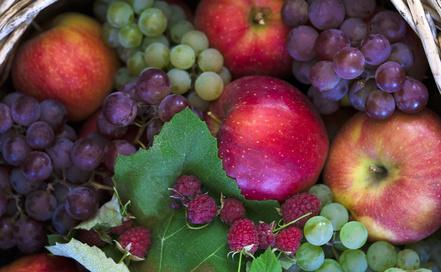
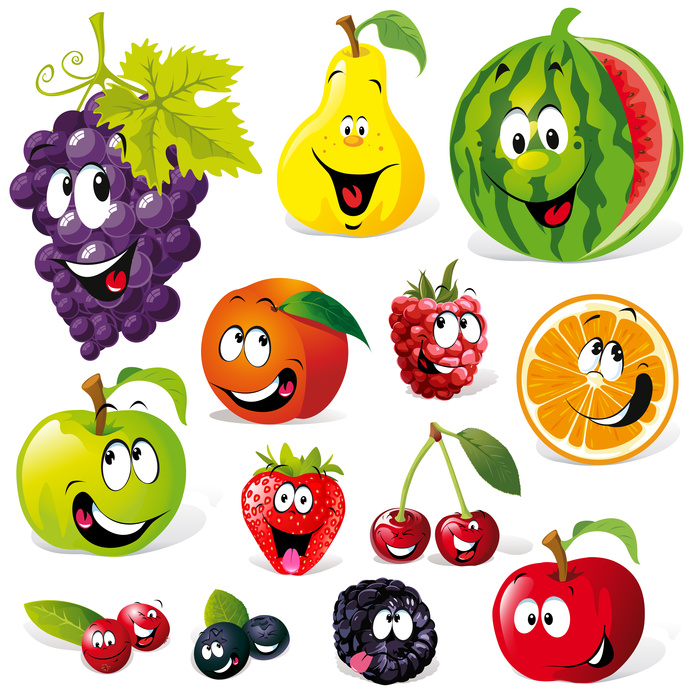
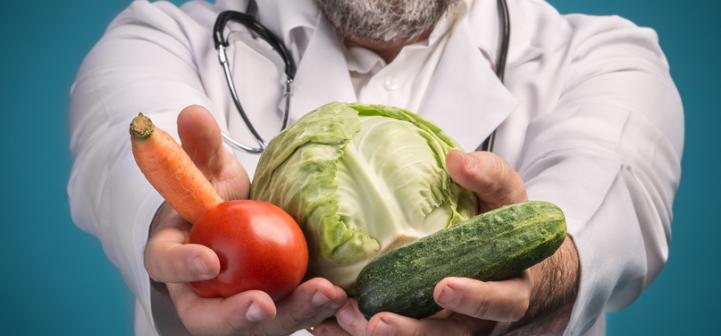
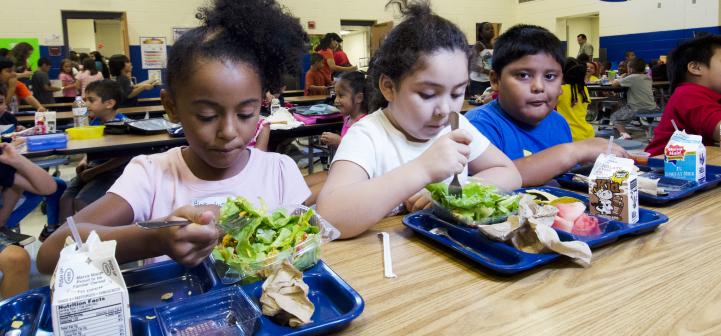

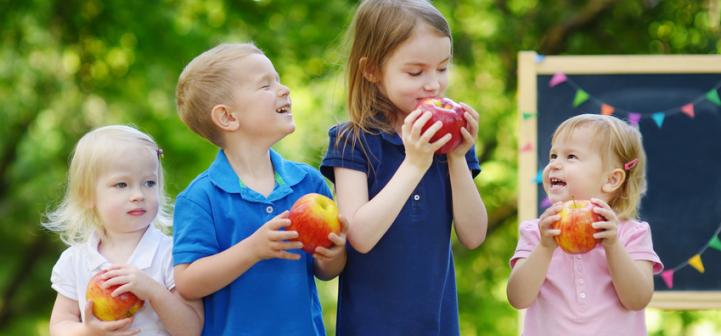
 Eating healthy is often associated with the false mindset that it’s harder than the other, often more expensive, options such as eating out or buying pre-packed meals. Change For Life, an initiative by the Department of Health in the UK, …
Eating healthy is often associated with the false mindset that it’s harder than the other, often more expensive, options such as eating out or buying pre-packed meals. Change For Life, an initiative by the Department of Health in the UK, …
 Chefs Move to Schools (CMTS), an initiative that is part of First Lady Michelle Obama’s Let’s Move Campaign, is designed to increase awareness about and improve healthy eating among school students. The CMTS initiative is designed to introduce additional opportunities …
Chefs Move to Schools (CMTS), an initiative that is part of First Lady Michelle Obama’s Let’s Move Campaign, is designed to increase awareness about and improve healthy eating among school students. The CMTS initiative is designed to introduce additional opportunities … If you’ve worked in school food service for any length of time you’ve probably been approached about incorporating locally grown foods into your menus. This movement, which continues to gain momentum, is commonly referred to as farm to school. Farm …
If you’ve worked in school food service for any length of time you’ve probably been approached about incorporating locally grown foods into your menus. This movement, which continues to gain momentum, is commonly referred to as farm to school. Farm …